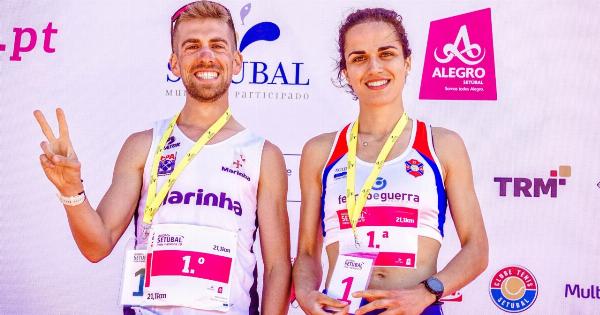When Lu Gering’s Disease Hits Home for Athletes.
Understanding Lu Gering’s Disease
Lou Gehrig’s Disease, also known as Amyotrophic Lateral Sclerosis (ALS), is a neurodegenerative disease that affects nerve cells in the brain and spinal cord.
It primarily targets the motor neurons responsible for controlling muscle movement, leading to a progressive loss of muscle function.
The Impact on Athletes
Athletes, with their highly active lifestyles and physically demanding careers, face unique challenges when diagnosed with Lu Gering’s Disease.
This degenerative condition not only affects their performance but also has emotional and psychological implications. The following sections explore the various aspects of ALS’s impact on athletes.
The Physical Decline
One of the most significant challenges athletes with Lu Gering’s Disease face is the rapid physical decline. For individuals accustomed to peak physical condition, the loss of muscle control and strength can be profoundly demoralizing.
Athletes may struggle to come to terms with the fact that their bodies are no longer capable of performing at the level they once did.
Mental Health and Emotional Well-being
Athletes often have a strong sense of identity tied to their physical abilities and achievements. The diagnosis of Lu Gering’s Disease can shatter this identity, leading to feelings of depression, anxiety, and a loss of purpose.
Mental health support becomes crucial for athletes, as they navigate the emotional challenges that accompany their physical decline.
Retirement and Life After Sports
Athletes with Lu Gering’s Disease are often forced into early retirement due to the disease’s progression.
This abrupt end to their professional careers can be devastating, leaving athletes without the structure, camaraderie, and sense of purpose that sports once provided. Navigating life after sports becomes a significant struggle for many individuals.
Challenges Faced by Athlete Caregivers
The burden of caring for athletes with Lu Gering’s Disease falls on their loved ones, often leading to significant challenges for caregivers.
Athletes may require extensive assistance with daily activities, specialized medical care, and emotional support. Caregivers must also cope with the emotional toll of witnessing their loved ones’ physical decline.
Support from the Sports Community
The sports community, including teammates, coaches, and fans, plays a crucial role in supporting athletes with Lu Gering’s Disease.
Awareness campaigns, fundraisers, and events dedicated to raising funds for ALS research are essential in driving progress towards finding a cure. Additionally, emotional support from fellow athletes can provide much-needed solace and a sense of belonging.
Advances in Research and Treatment
Medical researchers are continually working towards finding new treatments and potentially a cure for Lu Gering’s Disease. Athletes affected by ALS can find hope in ongoing clinical trials and scientific advancements.
By participating in research studies, athletes contribute to the collective effort of finding better treatment options for ALS.
Inspiring Stories of Athletes with Lu Gering’s Disease
Despite the challenges they face, athletes with Lu Gering’s Disease often demonstrate tremendous resilience and strength.
Their stories of determination and perseverance inspire not only the sports community but individuals facing hardships in various aspects of life. These athletes serve as role models, showing what it means to overcome adversity with grace and courage.
The Importance of Advocacy and Support Organizations
Advocacy and support organizations for Lu Gering’s Disease play a crucial role in raising awareness, providing resources, and supporting athletes and their families.
These organizations provide a sense of community, facilitate access to medical experts, and offer emotional support networks that can make a significant difference in athletes’ lives.
Conclusion
Athletes facing Lu Gering’s Disease encounter unique challenges on physical, emotional, and psychological levels.
However, with support from the sports community, advancements in research and treatment, and the resilience of the affected individuals themselves, there is hope for a brighter future. By sharing their stories and raising awareness, athletes bring attention to the urgent need for further research and support for ALS.






























